Navigation Systems as The Components of Avionics Systems: In the intricate world of aviation, ensuring the safe and precise movement of aircraft through the skies and on the ground is paramount. This task is made possible through the integration of advanced avionics systems. Among these systems, navigation stands out as the fundamental tool guiding pilots from one point to another. But what makes up these navigation systems? How do they integrate with other avionics components? This article delves deep into navigation systems as vital components of avionics.
Navigation Systems as The Components of Avionics Systems
1. Avionics: An Overview
Avionics is a blend of the words “aviation” and “electronics.” It refers to the electronic systems and instruments utilized on aircraft, satellites, and spacecraft. Avionics encompasses a range of subsystems, including:
- Communications
- Navigation
- The display and management of multiple systems
- Monitoring of aircraft and system performance
These systems have evolved from basic analog devices to sophisticated digital platforms that leverage the latest technology.
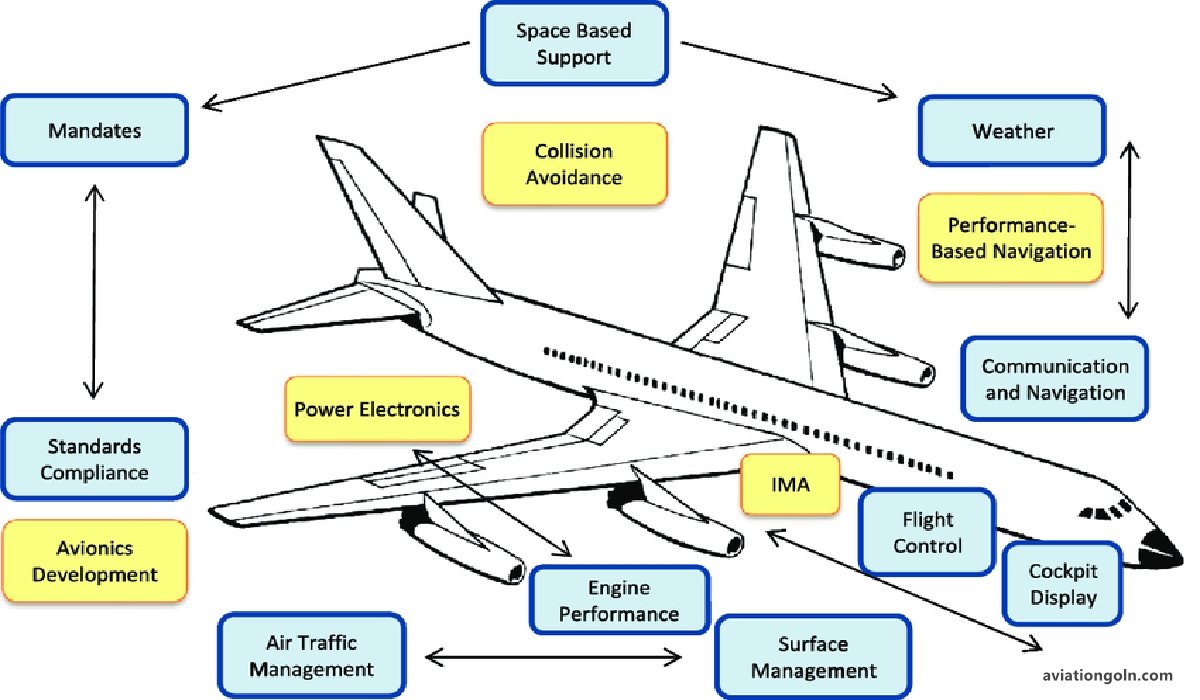
2. The Evolution of Navigation Systems
Historically, navigation was reliant on manual tools like compasses, celestial navigation, and landmark spotting. As aviation expanded, so did the need for more precise and automated navigation techniques.
- Early Navigational Tools: This includes magnetic compasses and gyroscopic instruments like the attitude indicator, heading indicator, and turn and slip indicator.
- Radio Navigation: With the advent of radio, systems like VOR (Very High Frequency Omnidirectional Range) and DME (Distance Measuring Equipment) were introduced. These allowed pilots to determine their position and distance from specific ground-based beacons.
- Inertial Navigation Systems (INS): INS uses accelerometers and gyroscopes to calculate an aircraft’s position based on initial inputs, without external reference. However, they can accumulate errors over time.
- Global Navigation Satellite Systems (GNSS): The most common example is the GPS (Global Positioning System). These systems use signals from satellites to determine precise positioning anywhere on Earth.

3. Components of Modern Navigation Systems
- GPS Receivers: These are essential for receiving signals from navigation satellites, interpreting the data, and providing it to the aircraft’s navigation systems.
- Flight Management Systems (FMS): This computerized system assists pilots in flight planning, navigation, and aircraft control. It integrates various inputs from GNSS, INS, and other sensors to provide a holistic navigational overview.
- Multi-Function Displays (MFD): These screens display navigation information, maps, weather data, and other pertinent flight details. They interface with the aircraft’s sensors and systems to give pilots a comprehensive view.
- Autopilots: While not strictly a navigation system, autopilots use navigational data to control an aircraft’s flight, maintaining course, altitude, and sometimes even flying predetermined routes.
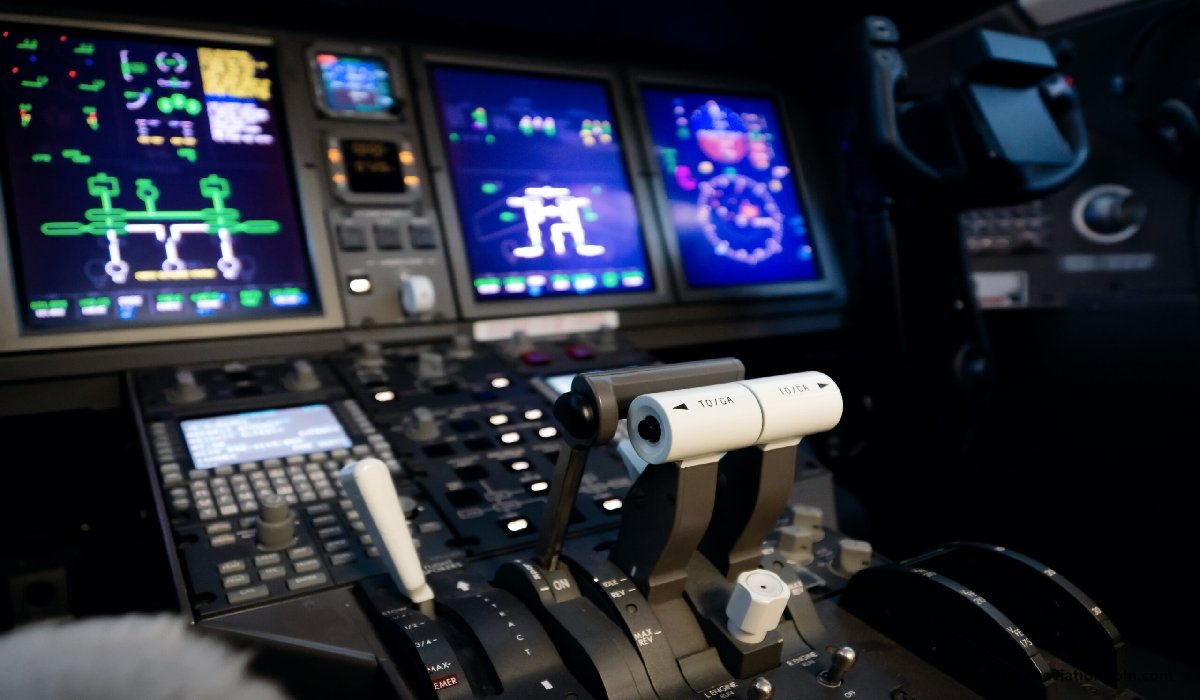
4. Integration with Avionics Systems
- Communication: Navigation systems feed essential data to communication systems, ensuring that pilots and air traffic controllers share a consistent understanding of an aircraft’s position.
- Collision Avoidance: Systems like TCAS (Traffic Collision Avoidance System) use navigation data to identify potential collision threats and suggest avoidance maneuvers.
- Flight Control: Modern fly-by-wire systems leverage navigation data to optimize aircraft performance, controlling surfaces in real-time based on the aircraft’s position and intended route.
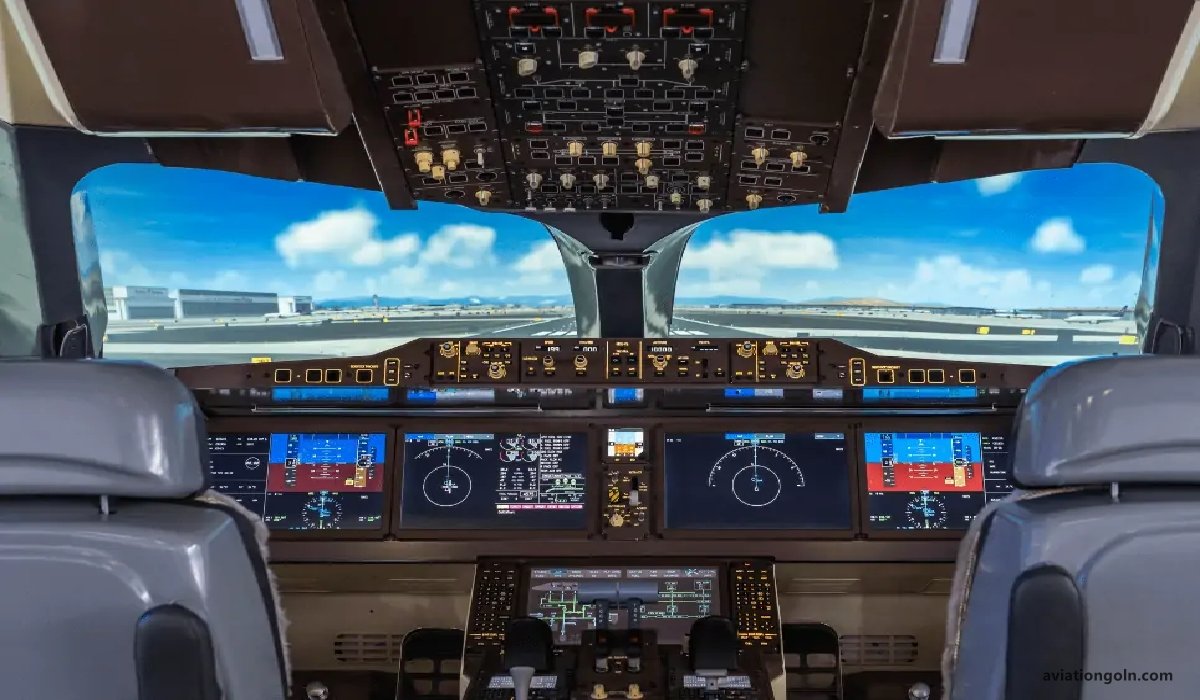
5. Advancements in Navigation Technology
- Augmented GNSS: Systems like the Wide Area Augmentation System (WAAS) enhance the accuracy, availability, and integrity of GNSS, providing improved performance for critical flight tasks.
- ADS-B: Automatic Dependent Surveillance-Broadcast is a surveillance technology that determines an aircraft’s position via satellite and broadcasts it, making the skies safer.
- Synthetic Vision Systems: This gives pilots a digital depiction of the terrain ahead, based on navigation data and digital terrain maps.
- 3D Navigational Maps: These provide a three-dimensional representation of the airspace, enhancing situational awareness and aiding in complex navigation scenarios.
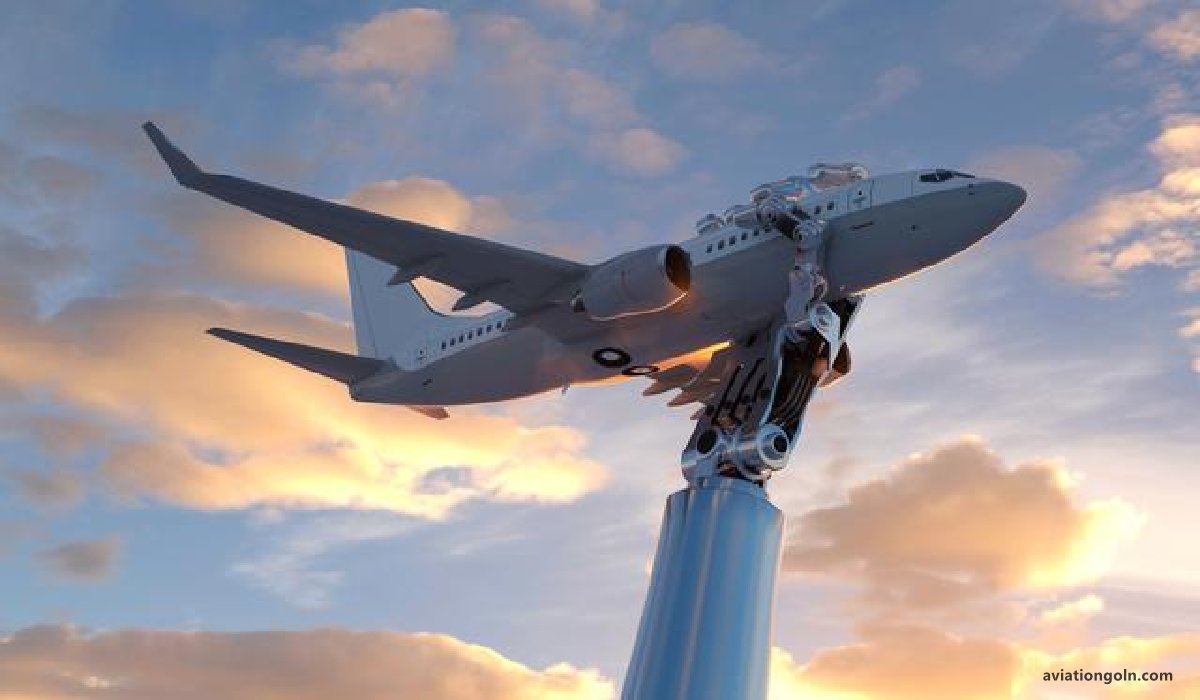
6. Safety and Redundancies
The reliance on electronic navigation mandates rigorous safety standards. Systems are built with redundancies to ensure uninterrupted operation. For instance, dual or triple redundant systems are common in commercial airliners to prevent failures.
Regular maintenance, updates, and inspections ensure these systems remain reliable. With the emergence of global data-sharing initiatives, navigation databases are updated more frequently, providing accurate and up-to-date information.

7. Challenges and the Future
While navigation systems have made monumental leaps, challenges persist:

- Signal Interference: GNSS signals can be jammed or spoofed, leading to erroneous data.
- Integration with Drones: The rise of unmanned aircraft systems (UAS) necessitates new navigational paradigms.
- Space Navigation: As we venture further into space, there’s a demand for advanced navigation systems tailored for interplanetary travel.
The future of navigation lies in increased automation, artificial intelligence, and the fusion of multiple data sources to create ultra-accurate, resilient systems.
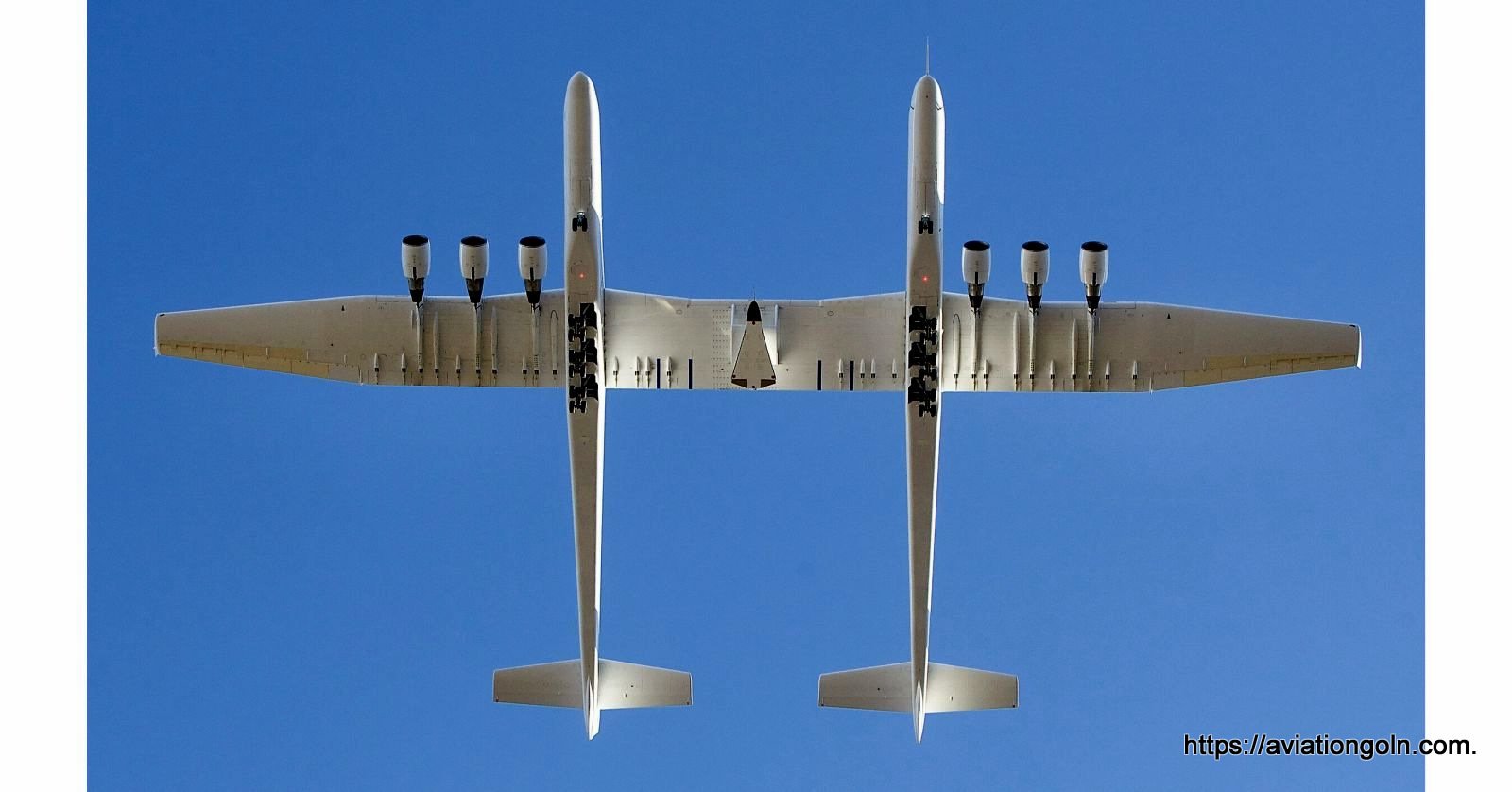
Navigation, as a cornerstone of avionics, has profoundly shaped the course of aviation history. As technology advances and the demands of global aviation grow, these systems will continue to evolve, ensuring the skies remain a domain of exploration, connection, and, above all, safety.
Read more:
